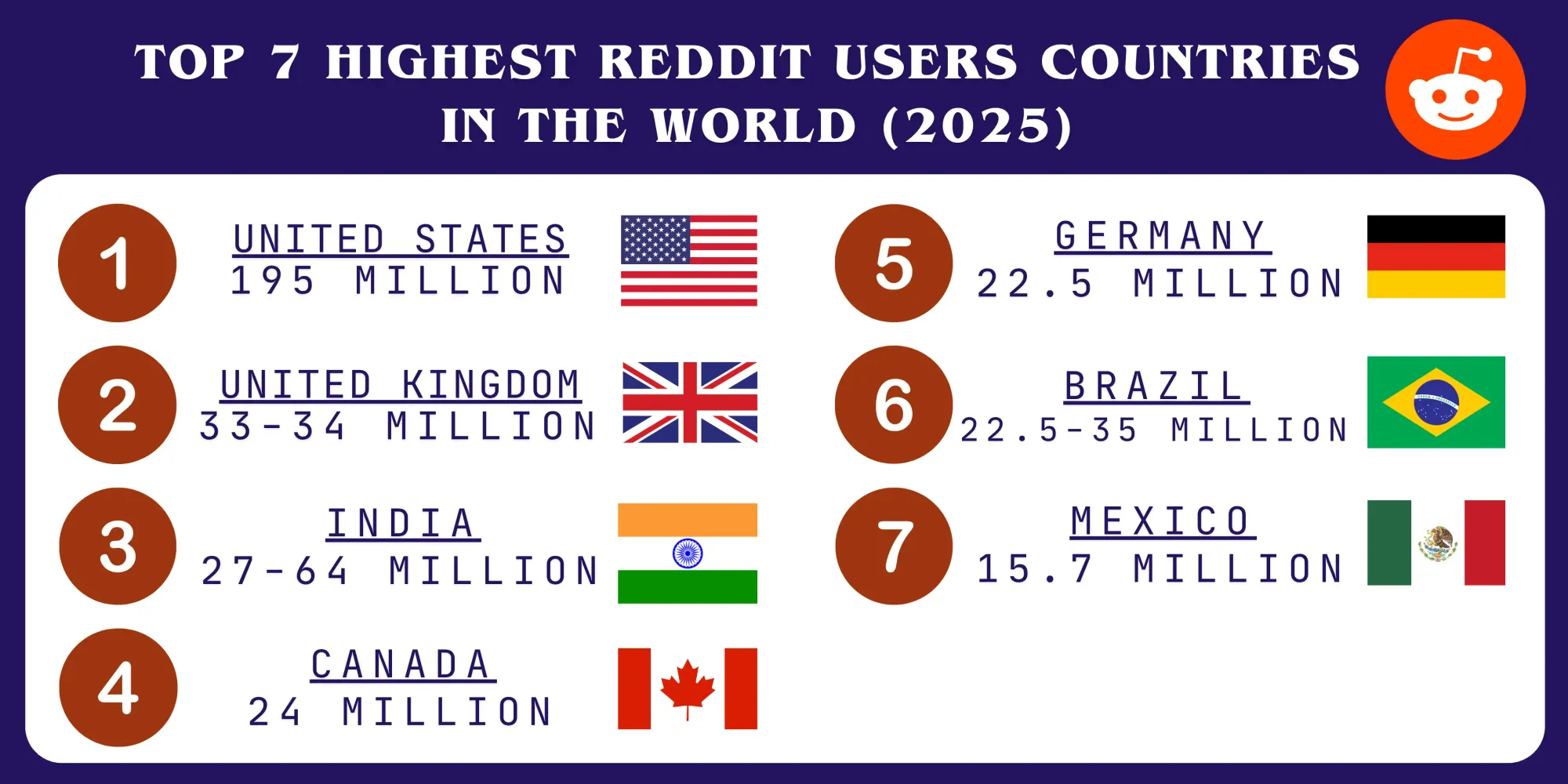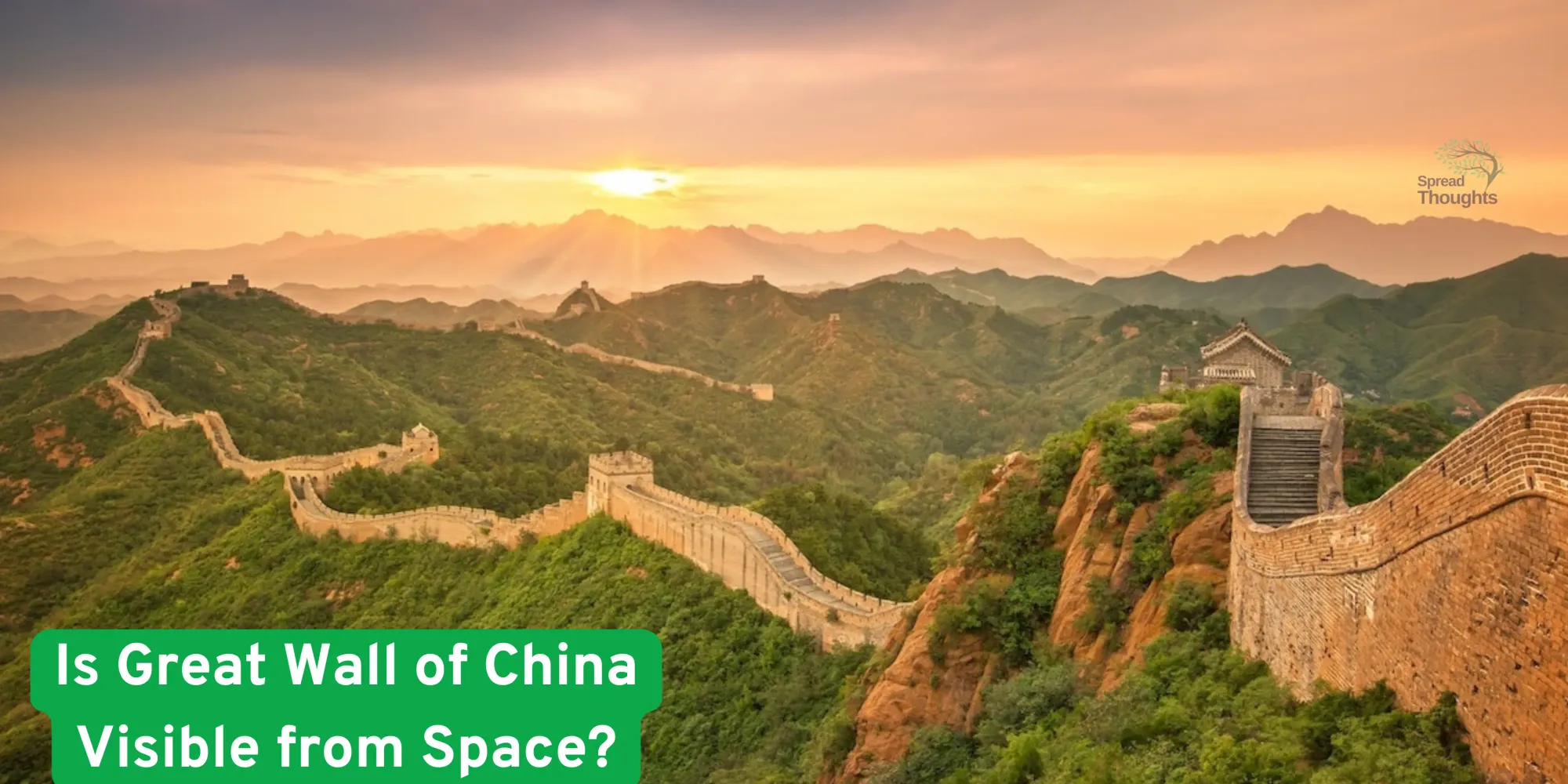It feels completely different when you visit Socotra Island. Also known as the Galapagos of the Indian Ocean, it is a pretty unique and isolated landmass situated off the coast of Yemen. Socotra Island is the largest of the six islands in the Socotra Archipelago and is famous for its distinct landscapes, diverse ecosystems, and flora-fauna, which is found nowhere else in the world. As it is geographically isolated, the island has a higher level of endemism, and about 37% of the plant species on Socotra are found nowhere else on the globe.
It is a rare feeling to walk through the forests of amazing Dragon’s Blood Trees. It gives a scintillating experience to explore umbrella-like canopies that shower shadows on the rocky ground and to relax on pristine beaches that have crystal-clear waters. Socotra Island is not just a place to visit, rather, it is an unforgettable experience for an adventurer, nature lover, or an individual who is looking for an off-beat journey to the UNESCO World Heritage Site.
Socotra Yemen alone has 95% landmass of the entire Socotra archipelago, and is located 380 km south of the Arabian Peninsula, and 130 nautical miles east of Somalia, which makes it a geographical part of Africa. With a high number of endemic species on the plant and unusual geography, it is also termed the most alien-looking place on the entire globe. The island is 132km long and 42 km wide.
The history, behind the name Socotra
There are multiple theories related to the etymology of Socotra and its ancient origins. As per the belief, Socotra's name is derived from a Sanskrit phrase, Dvipa Sukhadara, which depicts it as an Island of Happiness. The belief relates to the historical aura of Socotra Island as a vital halt for the sailors and business traders who travelled across the Indian Ocean. Another theory suggests that Socotra was derived from a Greek term, Dioskouridou, which has an ultimate relation to twin gods Castor and Pollux from Greek mythology. One more theory suggests that it is related to the Arabic term Suqutra.
The history of Socotra is influenced by several civilizations, such as the Indians, Arabs, Greeks, and Romans. It was a crucial part of trade, famous for its Dragon’s Blood resin that was utilized for the development of dyes, medicines, and incense. It also has hints of Christian civilization, as it is believed that the Christian monks stayed there in the early 4th century. With time, Socotra became influenced by Islamic and Yemeni dynasties, and since then, it has had a major impact on the cultural and ecological treasures of Yemen.
Socotra Yemen Historical Connection
In recent times, Socotra has been officially part of the Republic of Yemen and has a province called Socotra Governorate. It has deep historical roots and has been administratively connected to Yemen for a long time, despite its presence in the Indian Ocean and being located 240 miles from the southern coast of Yemen.
How does it historically relate to Yemen?
- Historical Legacy: Socotra has been highly influenced by several civilizations, including the Hadhrami and Mahi tribes of Yemen, laying a deep cultural association with the Socotra Yemen Island.
- Islamic Dominance: Socotra was part of the Islamic world in the 7th century and thereafter was ruled by several Yemeni dynasties, such as the Kathiri Sultanate and the Rasulids.
- Present Political Cohesion: Socotra was recently governed by the Mahra Sultanate in the 20th century, which later merged into South Yemen. The unification of North and South Yemen that occurred in 1990 led to the integration of Socotra into Yemen, and it was officially declared as a part of the Republic of Yemen. The island has a great strategic influence due to its location along most of the shipping routes between the Middle East, Asia, and Africa.
What is the current situation in Socotra Yemen?
Socotra Yemen is under immense political tension due to the ongoing civil war in Yemen. There is a constant conflict over the control of Socotra Island, with different factions that involve the Yemeni government, locals of Socotra, and the UAE, having conflicts of interest. Even after political challenges, Socotra Island continues its cultural and historical attachment with Yemen, with a unique identity derived from its isolation and rich biodiversity.













